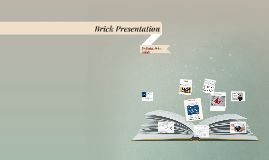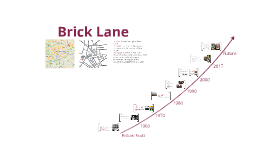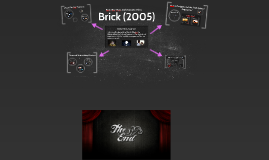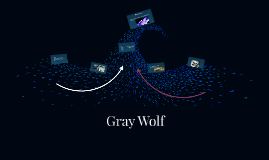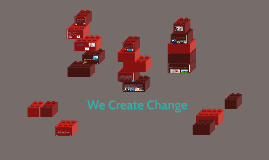Brick By Brick Presentation
Transcript: - Free the Children has built 650 schools -Every pillar of their holistic Adopt a Village model is designed to remove the barriers to education by providing communities with clean water, health care, food security and economic empowerment. - 55,000 children who attend their schools every day are empowered to study, grow and transform their communities so they never need charity again. ◦Future earnings boost up to 10%. ◦The chance a future mother will survive childbirth increases by 5-10%. ◦Life expectancy increases by up to 0.6 years. Why Can't They Go To School? The Pillar System ◦More than 120 million children around the world are denied the basic right to an education—the key to ending extreme poverty and hunger. ◦Education ensures that children learn valuable skills that help them grow, protect themselves from disease, earn a better living and understand their rights to ensure they’re never exploited. ◦In many places around the world, schools simply don’t exist or are in no condition for teaching and learning. ◦Approximately 57 million primary school-aged children not in school, and 31 million of them are girls. Without an education, these children, their families, will stay in the cycle of poverty. -Impossible to go to school -Lack of suitable environment or teachers -Obligation to get water for families; takes all day -At Free the Children's schools and schoolhouses, there are set up clean water systems. -Each class will be receiving a schoolhouse- shaped piggy bank to put donations in -That spare change, once the schoolhouse is filled, will be brought down to Ms. Gould -We will not be accepting pennies, as there are no more pennies, the smallest change such as a nickel or dime will make a difference. - Year of Education at Free the Children -Brick by Brick wants us to donate spare change $20 in change = one brick One brick = the cornerstone of education Education = change for the world We are Love Buttons We will be selling buttons around Valentine's day. All the funds from this will also go to free the children. Easter Cookies As the title suggests, we will be selling cookies for Easter, and these funds will, again, go to Free the Children. -Free the Children focuses on a five pillar system -Education - Clean Water/Sanitation -Health - Alternative Income and Livelihood -Agriculture/ Food Security How You Can Help Last year, people across North America and the UK came together, pooled their change for a cause, and exceeded everyone's expectations for the We Create Change campaign. A total of 140 million pennies was collected for We Create Change, providing 56 thousand people with clean water for life. Around the world, 57 million children remain out of school. Our goal is to build 200 schools this year- It seems like a big number, especially at $20 a brick, and 500 bricks a school means $10,000 per school. But not everybody needs to donate enough to build a school, or even a single brick. All we are asking for is loose change, any kind of change. If everyone at this school donated just $1, we would raise over $300 dollars. That would mean already, from just one dollar, 15 bricks. An Annual Fundraiser Why Education? -Fundraising for Free the Children's We Create Change program for the majority of the school year. -Asking people to bring in all types of spare change that will be put towards building schools for people in need. -Education is important because it helps to lead to stable jobs and a good source of income. -$20 per brick, 500 bricks per school. We Create Change Fundraising Facts About World Education Conclusion We Create Change Other Fundraisers







